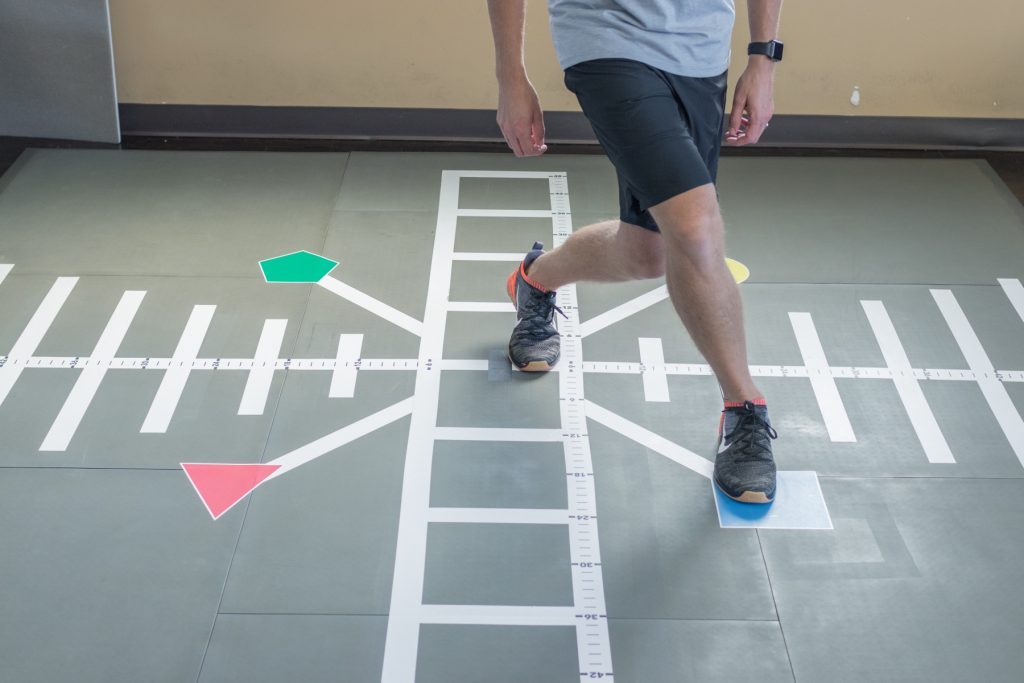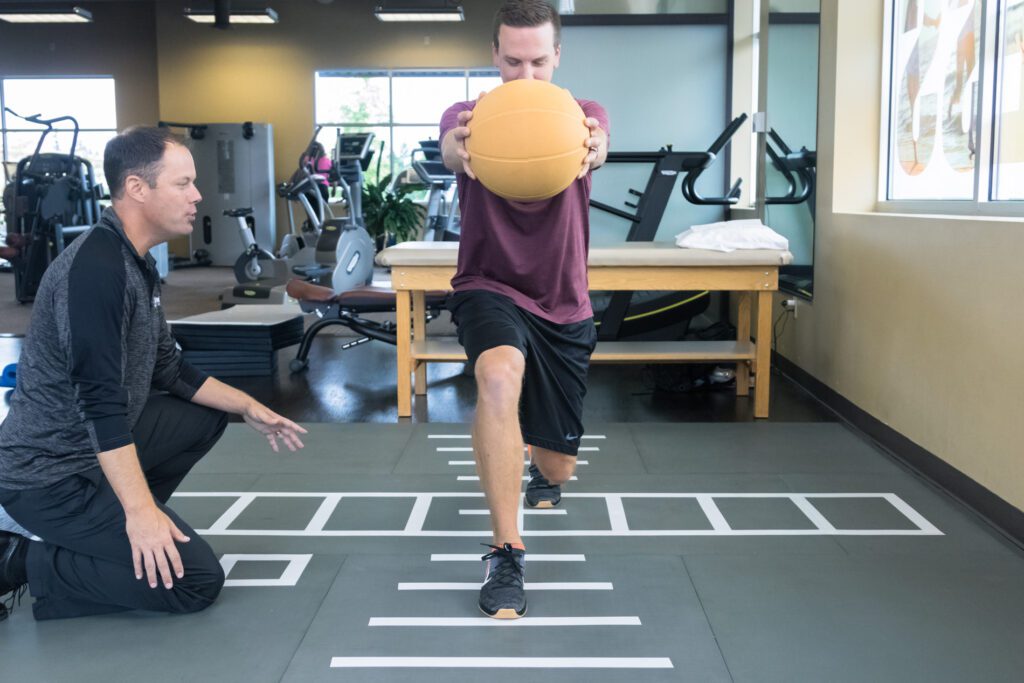Blog
9 Things to Consider When Buying An Ergonomic Mat
- Derek Hawn
- June 3, 2014
- 2:14 pm
- No Comments
- 3 minutes
An internet search of “anti-fatigue ergonomic mats” will render page after page of results, that can be a bit overwhelming and confusing. We don’t envy anyone the process of finding the most appropriate ergonomic mat, but we can make it easier.
“Ultimately, it comes down to whether consumers want to invest in a piece of foam or a chunk of gel, or a true anti-fatigue technology,” says Al Shelley, Marketing Director at SATECH, Inc.
Before and after SmartCells anti-fatigue products were installed.
If your criteria is: “I just want something that feels soft and squishy, and it want it cheap”, then there is no need to read further. Just go to a maintenance and repair catalog and shop by price. If, on the other hand, you want to find the best value on an anti-fatigue ergonomic mat solution to improve worker health, safety and productivity, then we invite you to continue.
There is a big difference between price and cost. Example:
A $50 (that’s the price) mat that is in need of replacement each year will cost $400 in eight years.
A $100 (that’s the price) mat that has an eight year warranty, will cost $100 in eight years.
A clear case of the price being more that the cost. And that doesn’t even consider the cost behind the reasons for using an ergonomic mat product in the first place.
To help you understand and evaluate the selection of anti-fatigue ergonomic mats and flooring, over the past several months we have covered 8 of the 9 essential questions one must ask before buying an anti-fatigue ergonomic mat. So far we have covered:
- Is the mat surface optimized for the right softness?
- Does the product encourage appropriate blood flow in lower legs?
- Does it resist bottoming out?
- Does the mat provide an energizing response to worker movements?
- Does the surface balance shock absorption and resilience?
- Does the mat get softer as compressed?
- Does the mat resist warping, bunching and creeping?
- Is the surface easy to clean?
This week we are wrapping up our series with the ninth and final question to ask before purchasing an ergonomic mat:
Is the surface durable?
One way to determine the value of an anti-fatigue ergonomic mat solution is to analyzing the number of replacement cycles that result over a specified time period. Many surfaces are in need of replacement after only a few months or a few years. Inexpensive foam mats can quickly lose their elasticity and easily bottom out, generate particulates, and become tripping hazards, as their draped top-covers curl and tear as they become brittle. It’s easy to tell when these “cheap” mats are well past their prime, because workers will stack them, creating further tripping hazards.
Damaged edges create trip hazards and should be promptly replaced. The edge system of an ergonomic mat should be designed to be durable so it is not easily damaged.
With an 8-year limited warranty and a surface that has been designed to last for many years, resisting edge damage, tearing and premature failure of its anti-fatigue properties the SmartCells anti-fatigue ergonomic mat is the perfect solution for any office, workplace or home environment.
The unique SmartCells® cushioning technology consists of a rubber surface layer integrated with an underlying array of cylindrical rubber cells that soften in response to surface pressure to provide maximum fatigue relief. The SmartCells act like springs that cushion as weight is applied and then rebound when the weight shifts, which returns energy and reduces fatigue associated with standing.
SmartCells anti-fatigue ergonomic mats are built with industrial quality and combine features such as beveled edges and stability with style and are available in three different surface options (smooth, basket weave and carpet top) as well as three colors (Black, gray and light brown) and three sizes (2X3, 3X5 and 24X68).
It’s not how the mat feels, it’s how you feel.
Spring Into Action with SmartCells Training & Therapy
8 Ways to Keep Your Kids Safe from Fall-Related Injuries
5 Great Ways to Maintain Eyesight and Reduce the Risk of Falls
Safely Returning to Sport and Physical Training After COVID-19
6 Ways to Prevent Fall-Related Injuries on the Playground
SATECH Unveils New Look at 2017 PNAA Conference
SmartCells Anti-Fatigue Mats Help MS Sufferer Stand Comfortably
SmartCells Anti-fatigue Mats and Flooring Can Help Reduce Fatigue-Related Prescription Errors
The SmartCells Top 10 Summer Safety Tips
SmartCells Anti-Fatigue Mats Redefine Comfort for the Home and Office
Let us help you find the right solution
Not sure where to start? Our customer service and sales representatives – who are just as knowledgeable about the product as the scientists who created it – would be happy to help you understand more.


